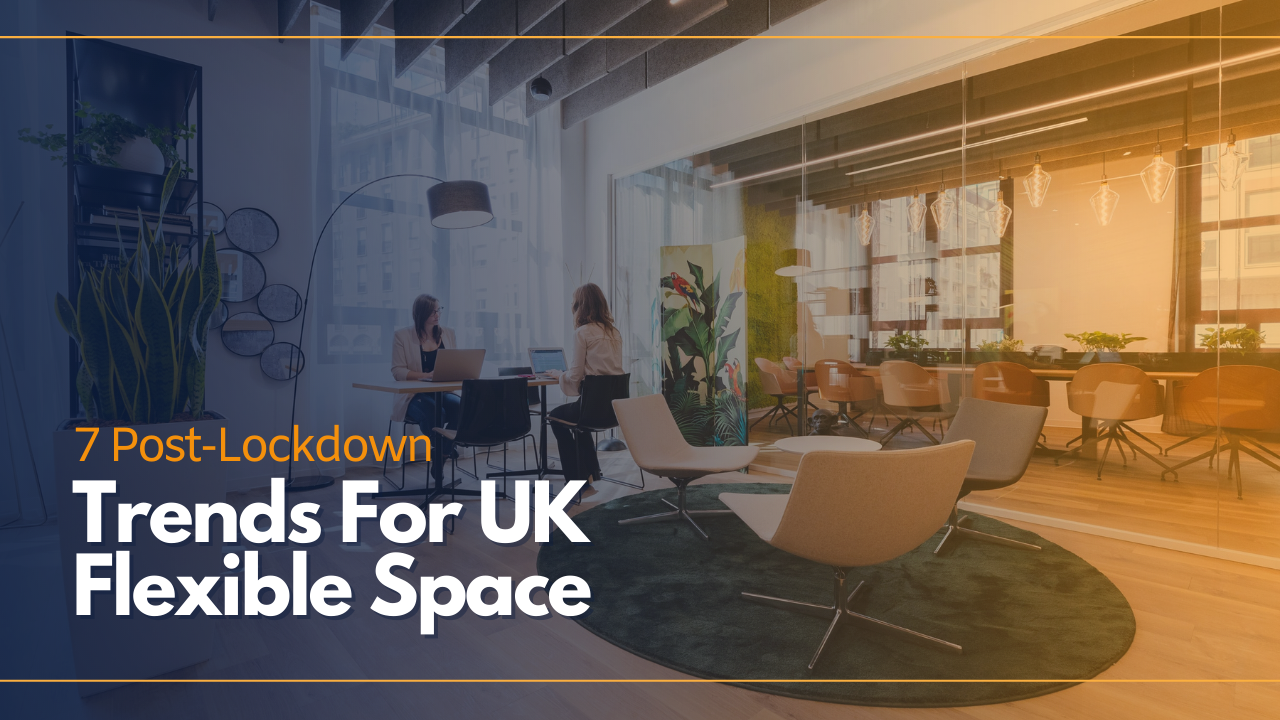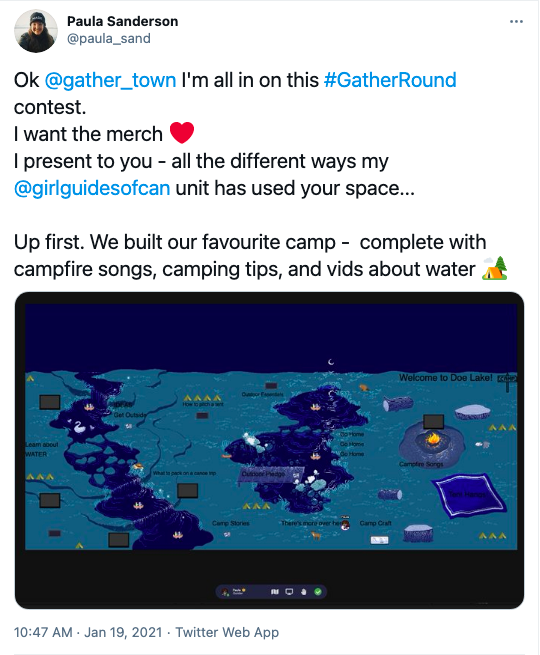- As the traditional workplace evolves, it’s the perfect time to decide which elements should be preserved, and which can be left behind.
- One route forward is the virtual workplace. It moves all of the day to day activities of the workplace from a physical office to an online experience.
- Not to be confused with a virtual office, the virtual workplace aims to replicate serendipitous office moments and enable ‘face to face’ collaboration, via video calls and simulated environments.
In an era with more people working from home and across distributed teams, the traditional workplace is quickly evolving. This evolution, in some ways, is shifting the workplace away from a single physical space as its anchor point.
Although technology allows many workers to be productive from wherever they are, there is still a desire by many employers to focus their corporate culture and operations around an office, even if that office is no longer a physical one.
Virtual workplaces are beginning to pop up as startups attempt to address the changing landscape of where we work.
Virtual workplaces are different from virtual offices.
A virtual office is a well defined term in the commercial office industry. According to Alliance Virtual Offices, one definition of virtual office states that a virtual office is, “a combination of people, a place, technologies, and processes that come together to help businesses and individuals work more efficiently, often in a remote way.”
A virtual office may include an address at a business center, mail service, use of meeting space on an adhoc basis, live receptionist or virtual assistant support, etc.
The emerging market for virtual workplaces, however, seeks to move all of the day to day activities of the workplace from a physical office to an online experience.
The key challenge is to include as much of the immersive quality of being in person with colleagues as technologically possible, from serendipitous hallway conversation to all hands meetings and even happy hour.
Several companies and startups are tackling this challenge by creating everything from maps of offices where you can “see” your colleagues and their status, virtual cafes that simulate the ambiance of a bustling work environment, to gamified video calling.
Founded in 2007 in Mountain View, California and acquired by think3 in 2019, Sococo, short for Social Communications Company, created one of the first virtual environments for workplace teams. Companies create a virtual map of their office space to show where everyone is during their workday, who is in meetings, and if colleagues are busy or available to chat. It simulates an environment for distributed teams to interact in a similar way to that of a physical office where you can begin a conversation with someone over coffee, or see who is meeting in the conference room as you are walking down the hallway.
Similar to Sococo, Walkabout Workplace is a digitally simulated physical office space that creates a two-dimensional map of an office. This office is then used as a central hub to bring together other collaboration tools like video and chat for teams.
Gather uses a gamified approach to bring together teams in a virtual environment. Just like in a video game, you create an avatar for yourself and use it to move around in a 2D world. Teams are encouraged to design creative maps that go beyond a simple office to allow for meetings around a campfire, in an art museum, or strolling down a street.
When your avatar walks up to someone else’s in the virtual space, a video chat with that person is automatically launched, just like walking up to someone in real life.
Not every company in this space is focused upon creating a virtual duplicate for the physical office. Another key feature of the physical workplace is what it sounds like and feels like to work there. Simulating some of these more subtle features of the office environment is a new focus of Workfrom, which recently beta launched their virtual cafes.
Workfrom began as a database of third spaces for digital nomads, helping people find the best coffee shops, coworking spaces, libraries, or even pubs with fast internet and enough outlets to get some work done while traveling the world and working remotely.
When the pandemic hit, Workfrom pivoted to recreate these third spaces online to continue to serve remote workers, many now isolated from their digital nomad communities. Using a combination of background music, scenery, and video chat, users can recreate the ambiance of working in the same space as others in a virtual environment.
Is this the future of the office?
Virtual workplaces may help companies concerned with losing some of the benefits of working in person in a physical office. Being in proximity to colleagues has long been used as a way to build company culture and easily pass along institutional knowledge.
However, it is not necessary for these benefits to be lost by remote work.
We have come a long way since the advent of video conferencing. Whether or not our workplace future will see a fully dematerialized office in line with predictions about the internet of senses or not, and how quickly, remains to be seen, but it is a good time to evaluate what about our physical workplace we should preserve, and what can be left behind.


 Dr. Gleb Tsipursky – The Office Whisperer
Dr. Gleb Tsipursky – The Office Whisperer Nirit Cohen – WorkFutures
Nirit Cohen – WorkFutures Angela Howard – Culture Expert
Angela Howard – Culture Expert Drew Jones – Design & Innovation
Drew Jones – Design & Innovation Jonathan Price – CRE & Flex Expert
Jonathan Price – CRE & Flex Expert














